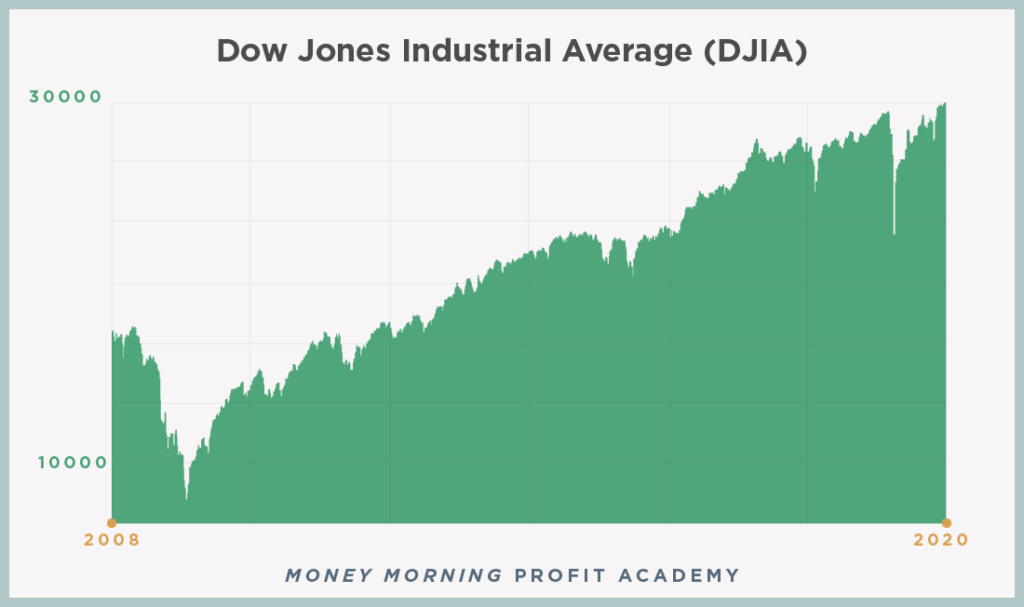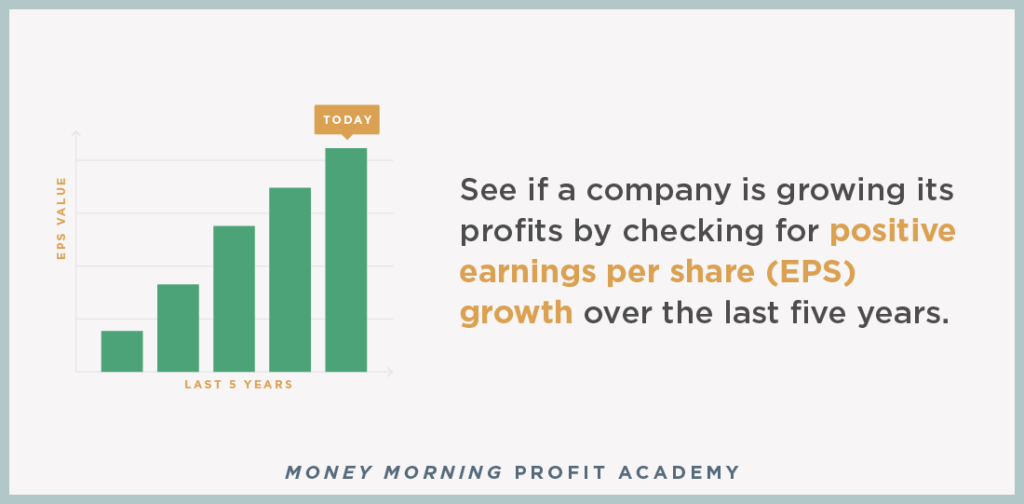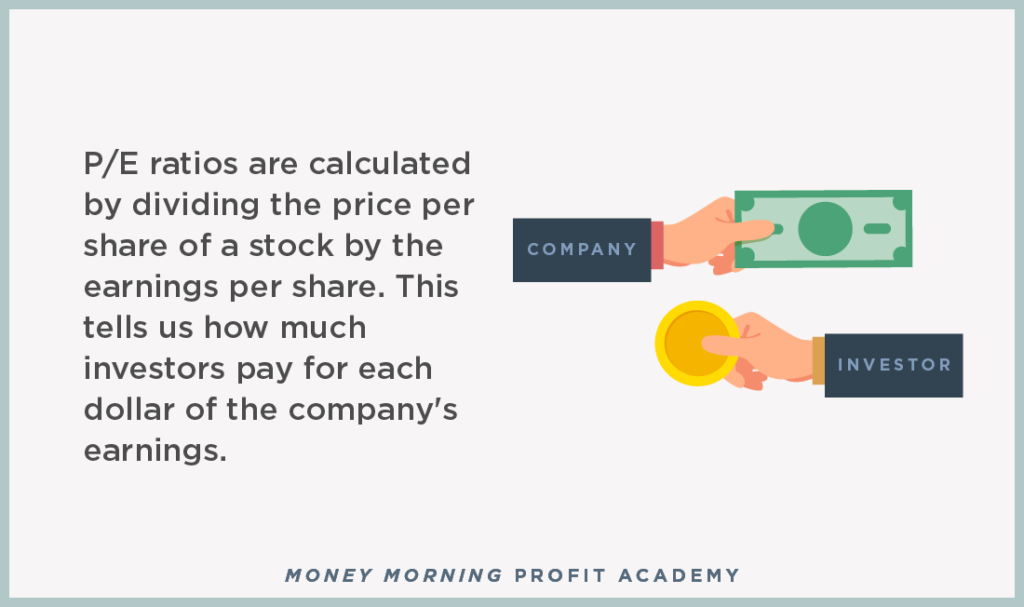
Finding the best stocks to buy doesn’t need to be hard or time-consuming. You simply need to know what to look for. We’re here to show you how to make money in the stock market by understanding what to look for when picking stocks. After all, here at Money Morning, we believe that you control your financial future, and investing in stocks is part of reaching financial independence.
Understanding the Stock Market
Before we dive into how to make money trading stocks, let’s cover what we mean when we talk about the “market.” You’ve likely heard of the large indexes including the Dow and the Nasdaq. Both terms refer to indexes that show a theoretical snapshot of the health of the market or economy, but these terms don’t refer to the market or the stock themselves.

You can’t trade the Dow or the Nasdaq because they are just representations of performance. You can, however, purchase index funds or ETFs that track these indexes. This brings us to our belief that investing in stocks is the best way to multiply your wealth. The Dow rose 265% from March 2009 through March 2019, but some of the best stocks are up 658%, 1,208%, and even 2,328%. Learning how to find these winners could be the difference between working past retirement age and funding the retirement of your dreams. Let’s look at how you can make money in the stock market by understanding a few simple tips.
How to Make Money in the Stock Market: What to Look For
While there are a seemingly endless number of criteria Wall Street uses to evaluate stocks, we’re going to focus on the most important four.
1. Profit

The first number to look at when learning about how to make money in the stock market is whether the company is turning a profit. Profits are what’s left over once you take the company’s revenue – the total amount of money the company makes – and subtract out expenses. Companies losing money are riskier than companies that have shown their business is successful enough to make money.
To find out whether the company you’re looking at is profitable, look for “net income” on the stock’s financial sheet. If it’s positive, then the company is making more money than it spends, which is a great sign that the business is on the right track. If the company has no net income or if it’s negative, then we’ll wait for the business to prove it can operate at a profit before we buy.
2. Earnings Momentum

Second, we want to invest in companies that are growing their profits. We don’t want to buy a company that couldn’t repeat the success of just one good year. We want one that has proven it can be more successful over time. To see if the company is growing its profits, check for positive earnings per share (EPS) growth over the last five years. That’ll rule out any “one-hit wonders” or companies that grew too popular too fast.
3. Value

The third metric to look for when learning how to make money from stocks has to do with the value you get for the price you pay. A great company could be so overpriced it’s simply a bad deal to own. Whether you’re shopping for a new car, a new computer, or a new phone plan, you’re going to do your research to make sure you’re getting the best deal. The same is true for stocks. But it’s not as simple as looking at the share price of a stock. The share price is determined, in part, by how many shares are available on the market. Instead, we want to find a metric to make sure the stock is a good value. The price/earnings ratio, also called the P/E ratio, is a great place to start.
The P/E ratio is calculated by dividing the price per share of a stock by the earnings per share. This tells us how much each dollar of the company’s earnings costs to investors. So the lower the ratio, the better the value. More importantly, we can compare the value of a company to competing companies, the company’s sector, and the overall market. For example, the P/E ratio for the S&P 500 in May 2019 was 21.59. If the company you’re looking at has a P/E ratio of 40, nearly double the broader market, then it might be overpriced. It’s a lot like buying a car and paying over sticker price just because you like the color. But you’ll also want to compare the company’s P/E ratio to its competitors and to its specific sector.
Some industries have higher or lower P/E ratios than others, so you want to make sure you’re doing a fair comparison. For instance, the healthcare industry had an average P/E ratio of 27.3 in 2019. At the same time, the financial industry had an average P/E of 15.3. Make sure you’re comparing apples to apples.
4. Visibility

Lastly, we’re also looking for stocks that are being tracked by analysts on Wall Street. This means the company is big enough to merit attention from investment banks. It’s also a simple way of weeding out scam companies and ensuring the firms are transparent enough to share their financials with analysts. Focusing on stocks that are being tracked by analysts on Wall Street is an alternative to just targeting large-cap companies (those with market caps over $10 billion) because you don’t want to miss out on the small- and micro-cap companies. Sometimes, those are the ones that make us the most money.
Learn More Ways to Make Money in the Stock Market
With the rise of day trading on apps like Robinhood and more investors wondering how to make money from stocks, we want to make it easier to understand what to look for. Once you find a stock you’re interested in, examine its profitability, past earnings per share growth, price/earnings ratio, and make sure that other investors are watching it, too. These factors will help determine if it’s a solid stock. Enjoyed these tips? Continue to the next lesson to learn about active vs. passive investing. And don’t forget to sign up for our newsletter to stay in the know when it comes to personal investing.


